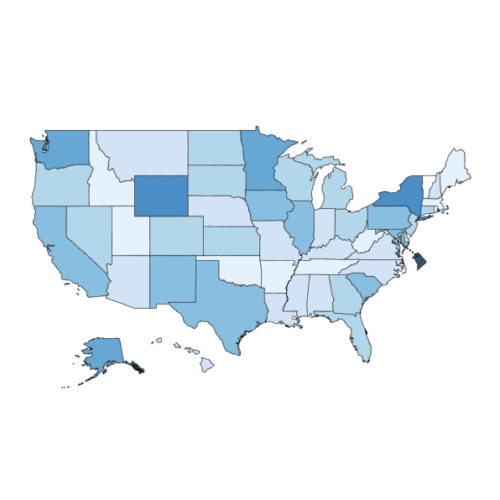Climate Change and Schools: Environmental Hazards and Resiliency
Perry E. Sheffield, Simone A. M. Uijttewaal, James Stewart, Maida P. Galvez,
As extreme weather is occurring with more frequency and severity across the U.S., it is becoming more challenging to maintain healthy environments in schools where more than 50 million people, mostly children, spend approximately one third of their waking hours. This journal article describes and illustrates patterns of risk and vulnerability to environmental hazards for schools in different regions of the U.S. and its territories. Inside school buildings, hazards include exposures to toxic chemicals such as lead, mercury, and polychlorinated biphenyls (PCBs); indoor air pollution; mold; and drinking water contamination. Outdoors on school grounds, hazards include exposures to air pollution and contaminated soil.
While acknowledging the scarce availability of systematically-collected and comparable data on school infrastructure at the time of their analysis, the authors assess the extent of risk and variation in vulnerability by geographic region.
Focusing on interventions that target root causes, or social determinants of health, they use a “health impact pyramid” model to describe school-level efforts to increase preparedness for extreme weather and weather-related crises and build community resilience. Disaster response and recovery also are framed as resilience-building efforts. Examples, especially from U.S. Federal Region 2 (New Jersey, New York, Puerto Rico, and the U.S. Virgin Islands) and nationally are used to illustrate these concepts. The authors conclude by recommending increased surveillance, research, and federal and state oversight of environmental factors in schools related to regional climate patterns and relative risks.
Topics
Format(s)
- Website



